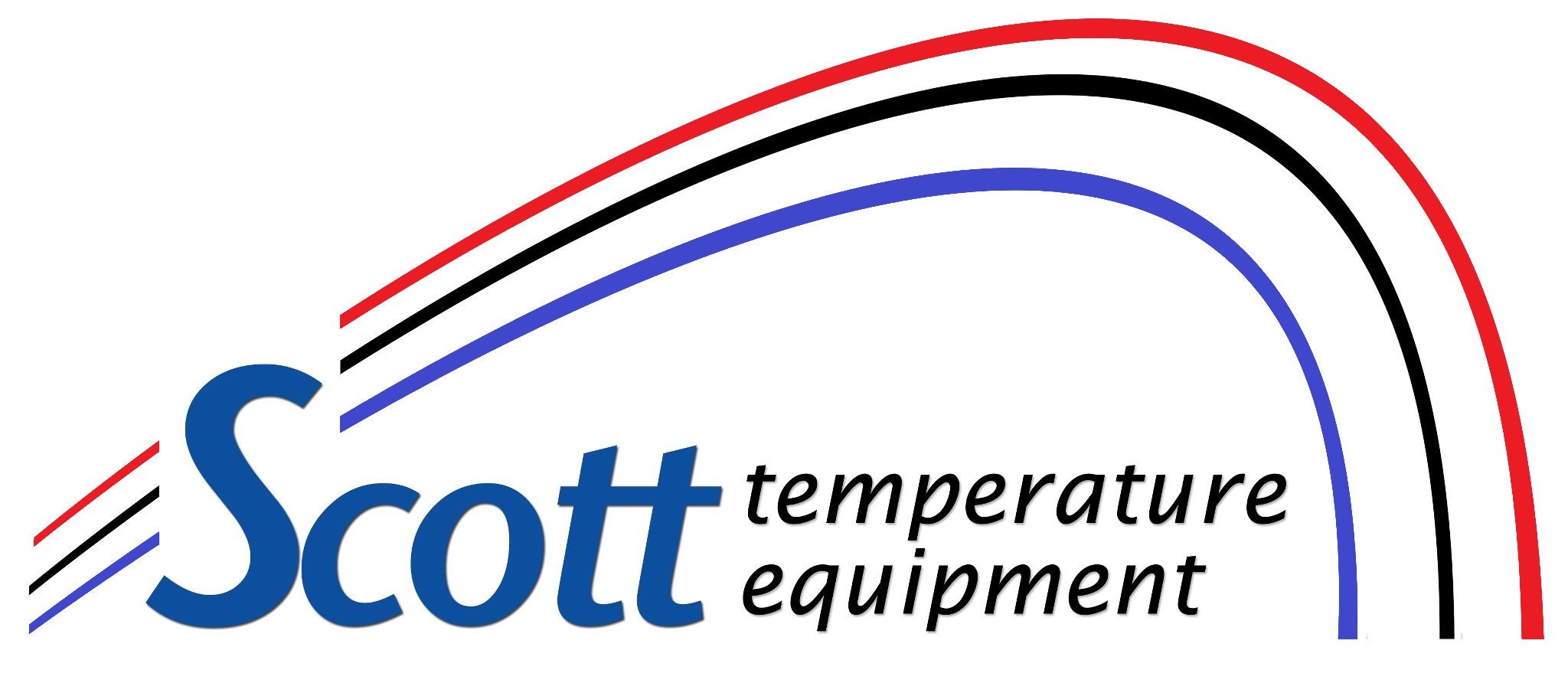
You might not think a lot about how your air conditioner functions, but it requires refrigerant to keep your house cool. This refrigerant is subject to environmental laws, since it contains chemicals.
Depending on when your air conditioner was added to your home, it may require R-22, R-410A or R-32 refrigerant. We’ll go over the differences and which air conditioner refrigerants are being phased out in Lawrence, as well as how these phaseouts affect you.
What’s R-22 and Why Is It Discontinued?
If your air conditioner was put in before 2010, it likely contains Freon®. You can learn if your air conditioner uses it by contacting us at 785-503-3712. You can also inspect the name plate on your air conditioner condenser, which is located outside your home. This sticker will contain info on what model of refrigerant your AC has.
Freon, which is also known as R-22, includes chlorine. Scientists consider Freon to be bad for the earth’s ozone layer and one that results in global warming. The Environmental Protection Agency, which manages refrigerants in the United States, banned its creation and import in January 2020.
I Have a R-22 Air Conditioner. Should I Replace It?
It varies. If your air conditioning is operating properly, you can continue to run it. With yearly air conditioner maintenance, you can expect your AC to run around 15–20 years. However, the Department of Energy says that substituting a 10-year-old air conditioner could save you 20–40% on annual cooling expenses!
If you don’t get a new air conditioner, it might create difficulties if you require air conditioning repair later on, specifically for refrigerant. Repairs might be more expensive, since only reduced amounts of recycled and reclaimed R-22 is on hand.
With the discontinuation of R-22, many new air conditioners now use Puron®. Also called R-410A, this refrigerant was made to keep the ozone layer strong. Because it requires a different pressure level, it isn’t compatible with air conditioners that use R-22 for cooling.
However, Puron still has the possibility to create global warming. As a consequence, it could also eventually be discontinued. Although it hasn’t been mandated yet for residential air conditioners, it’s expected sometime this decade.
What Refrigerant Will Take Over R-410A?
In preparation of the discontinuation, some brands have initiated using R-32 in new air conditioners. This refrigerant rates low for global warming potential—about one-third less than R-410A. And it also lowers energy consumption by about 10%, according to the Intergovernmental Panel on Climate Change’s Fourth Assessment Report. That’s savings that could be passed on to you through your energy costs.
Scott Temperature Can Assist with All Your Air Conditioning Needs
In brief, the changes to air conditioner refrigerant probably won’t concern you a whole lot until you require repairs. But as we talked about beforehand, refrigerant-related repairs can be pricier since there are the restricted amounts available.
Aside from that, your air conditioner usually malfunctions at the worst time, typically on the hottest day when we’re receiving many other appointments for AC repair.
If your air conditioner relies on a discontinued refrigerant or is more than 15 years old, we recommend installing a modern, energy-efficient air conditioner. This delivers a stress-free summer and might even decrease your electrical bills, especially if you choose an ENERGY STAR®-rated system. Plus, Scott Temperature provides many financing solutions to make your new air conditioner even more affordable. Contact us at 785-503-3712 to get started now with a free estimate.
